Orsay Museum: Paris 1874 Exhibition, Paris, France
The Paris 1874 Exhibition, officially known as the First Impressionist Exhibition, was a landmark event in art history. 868
Orsay Museum: Esplanade Valéry Giscard d’Estaing, 75007 Paris, France
Date Picture Taken: March, 2024
The exhibition took place from April 15 to May 15, 1874, at the studio of the photographer Nadar, 35 Boulevard des Capucines, Paris.
The exhibition was organized by a group of artists who were dissatisfied with the traditional Salon, the official annual art exhibition of the Académie des Beaux-Arts in Paris. These artists formed the Société Anonyme Coopérative des Artistes Peintres, Sculpteurs, Graveurs (Cooperative and Anonymous Association of Painters, Sculptors, and Engravers).
The exhibition featured works by 30 artists, including Claude Monet, Edgar Degas, Pierre-Auguste Renoir, Camille Pissarro, Berthe Morisot, Alfred Sisley, Paul Cézanne, and Armand Guillaumin.
To celebrate the 150th anniversary of the event, the Orsay Museum gathered the paintings that were displayed in 1874 and created this exhibition.


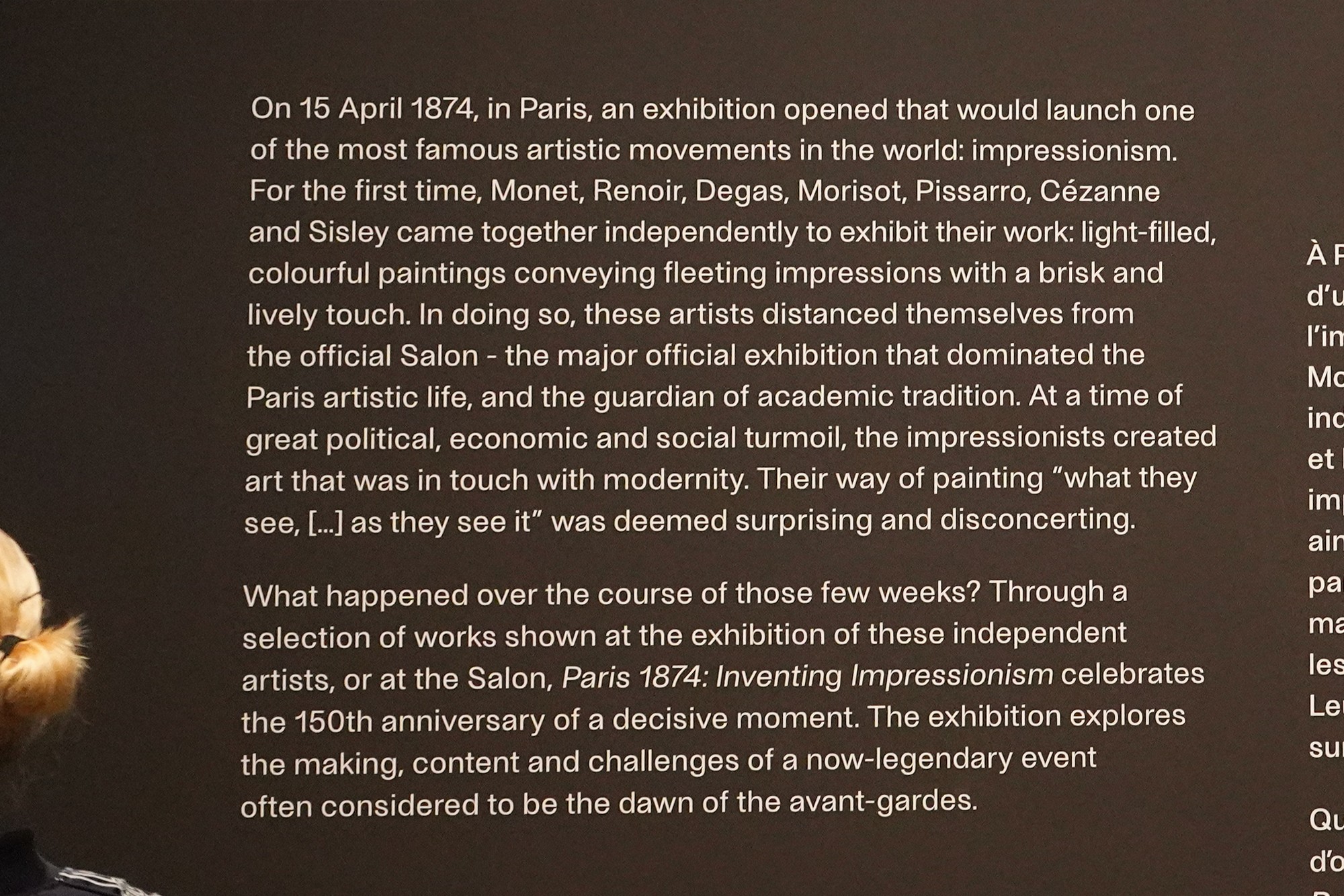




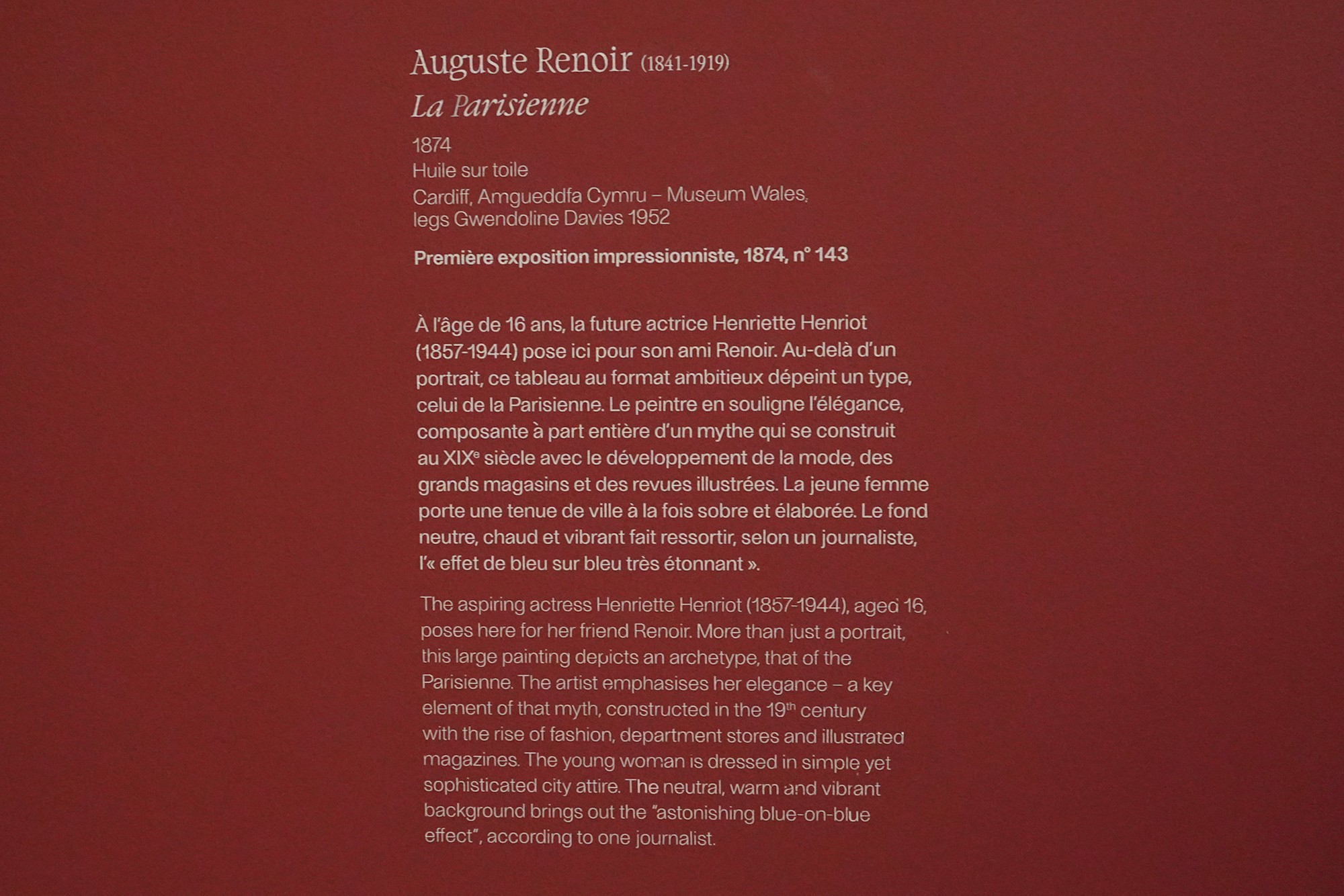


















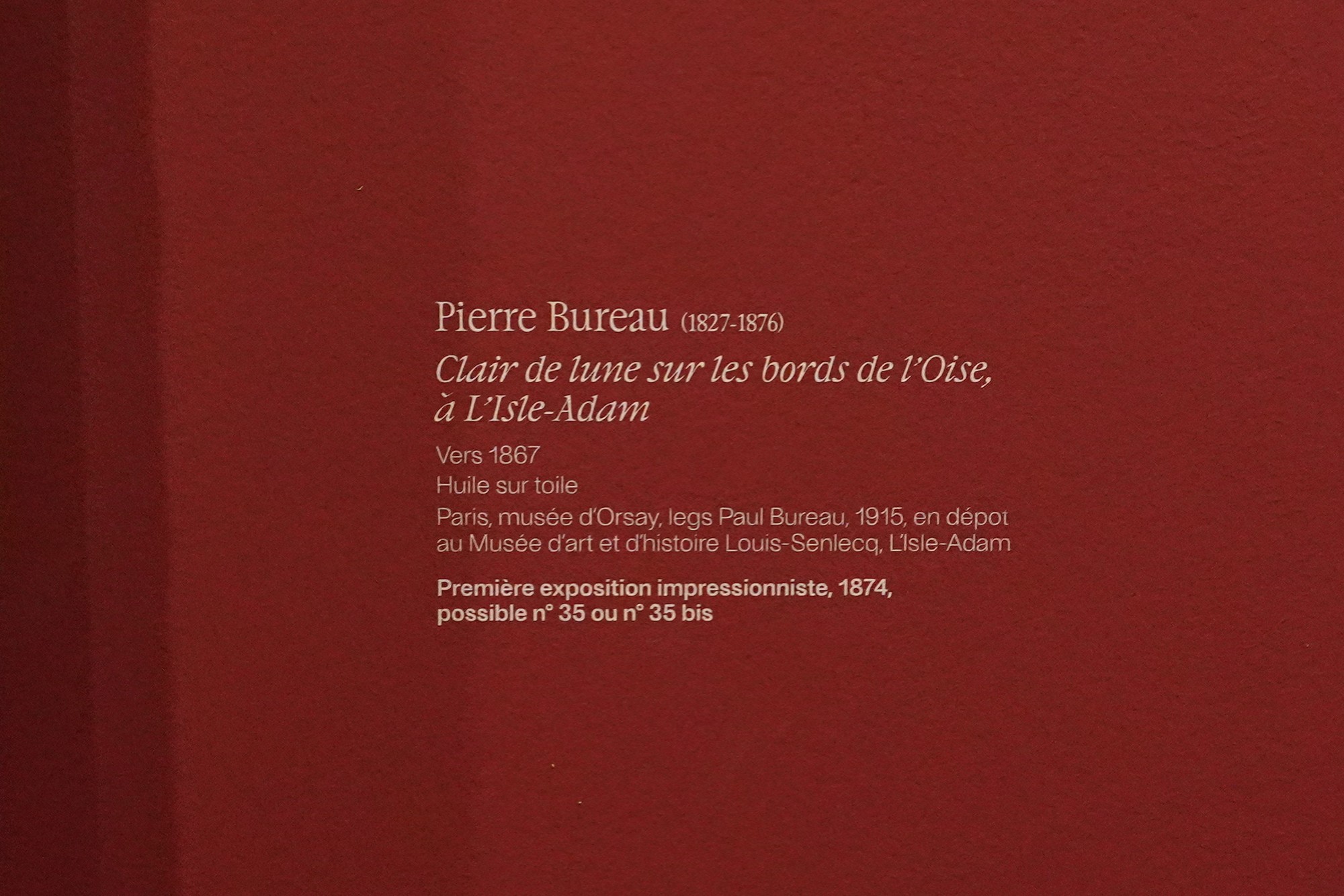

































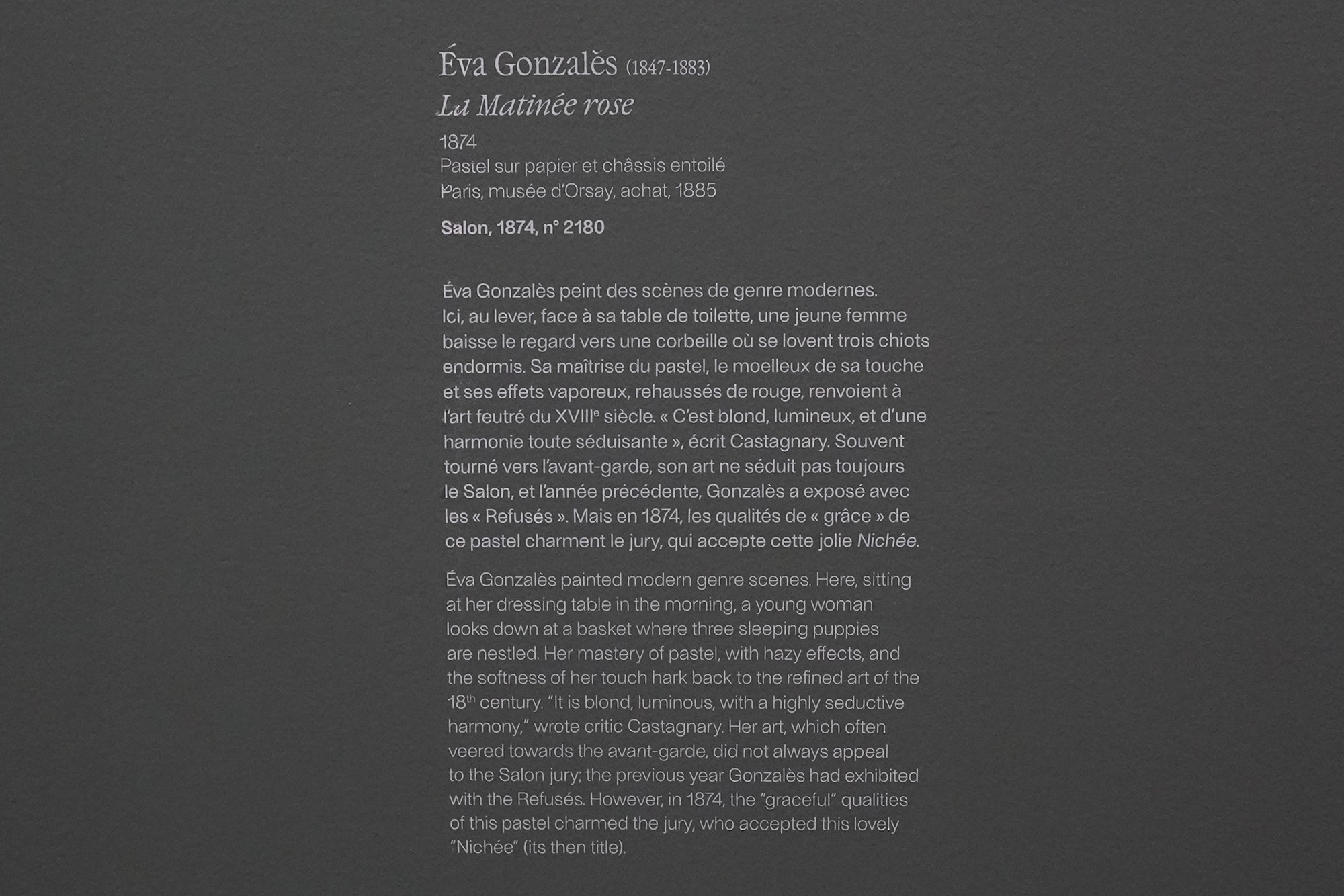















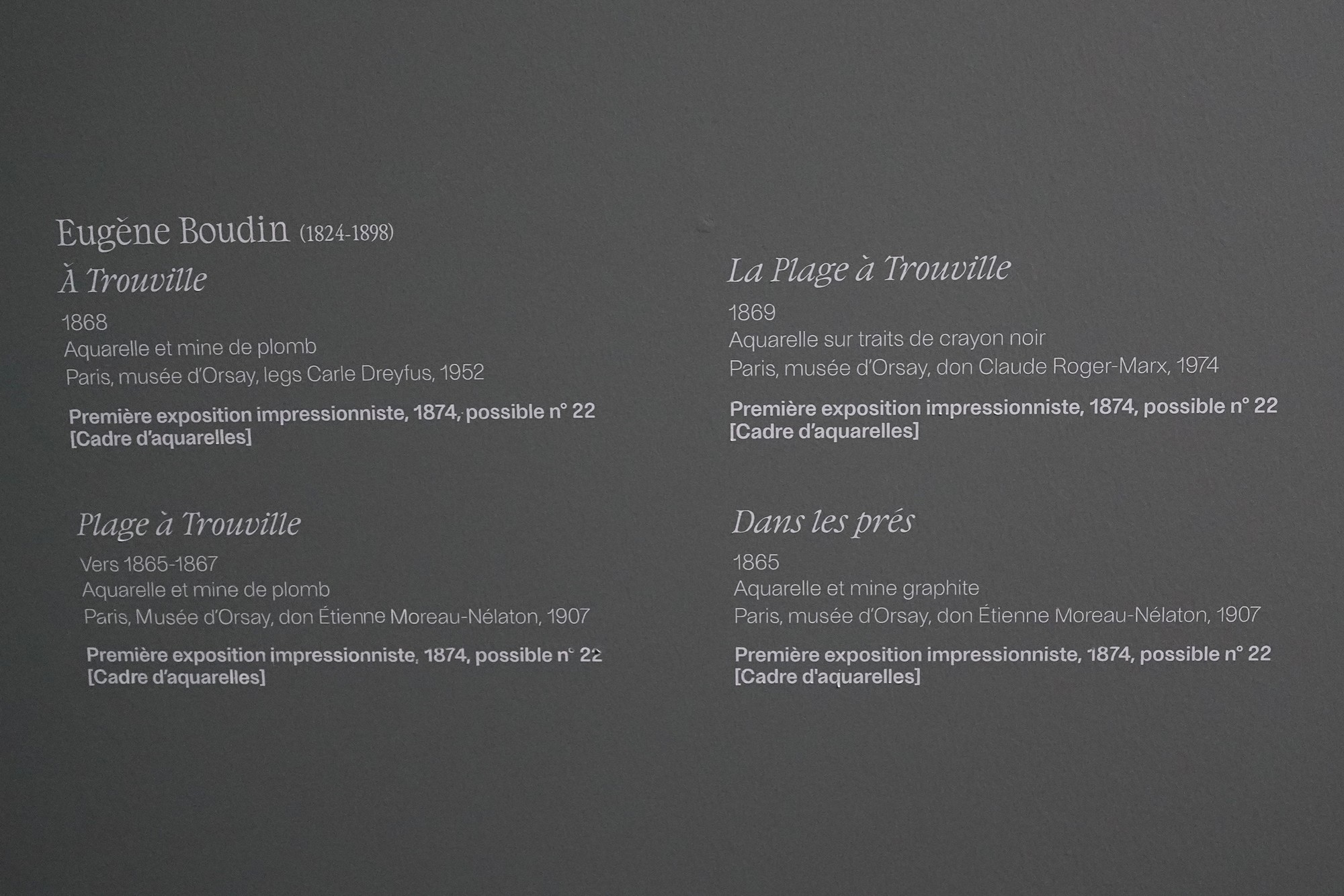























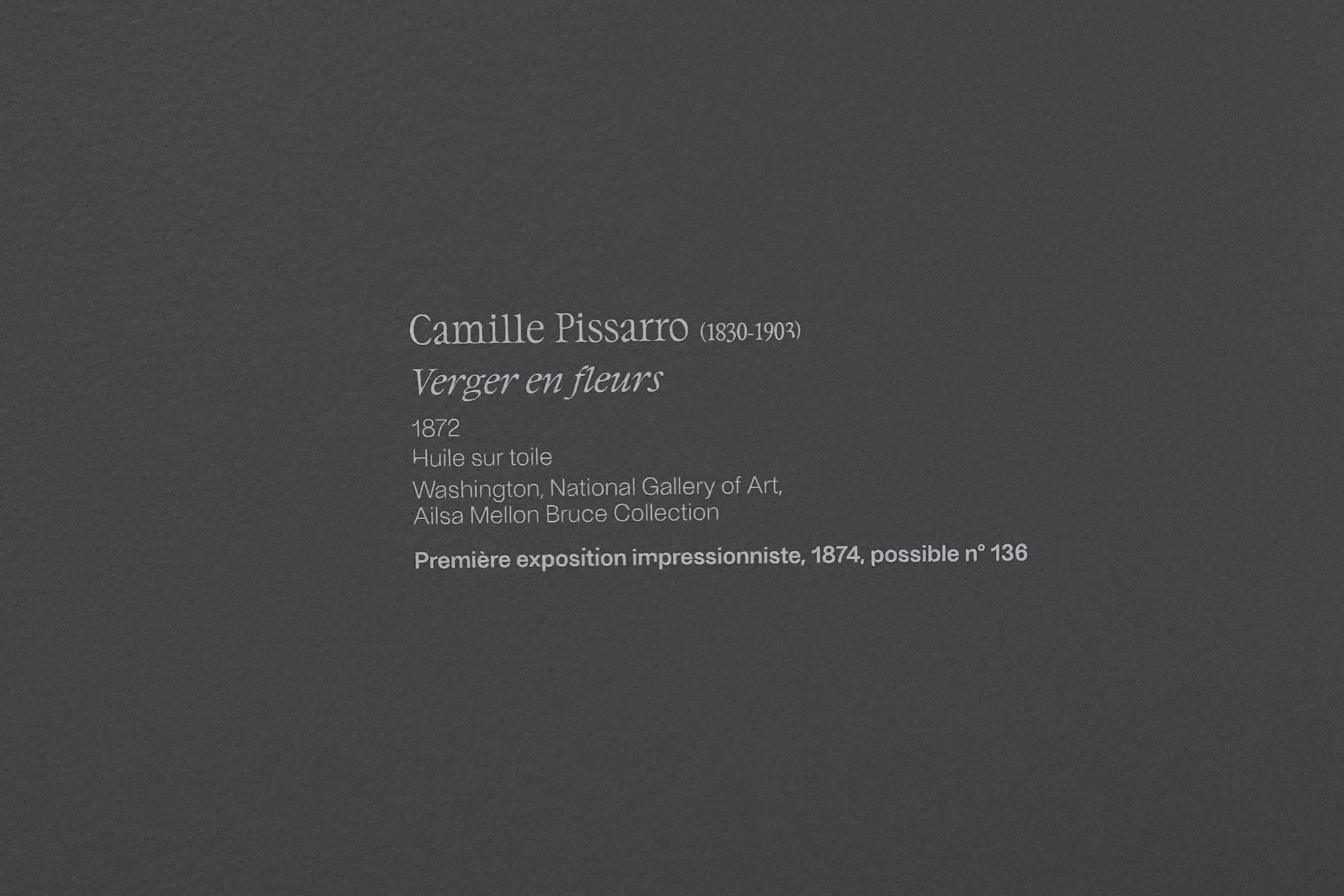


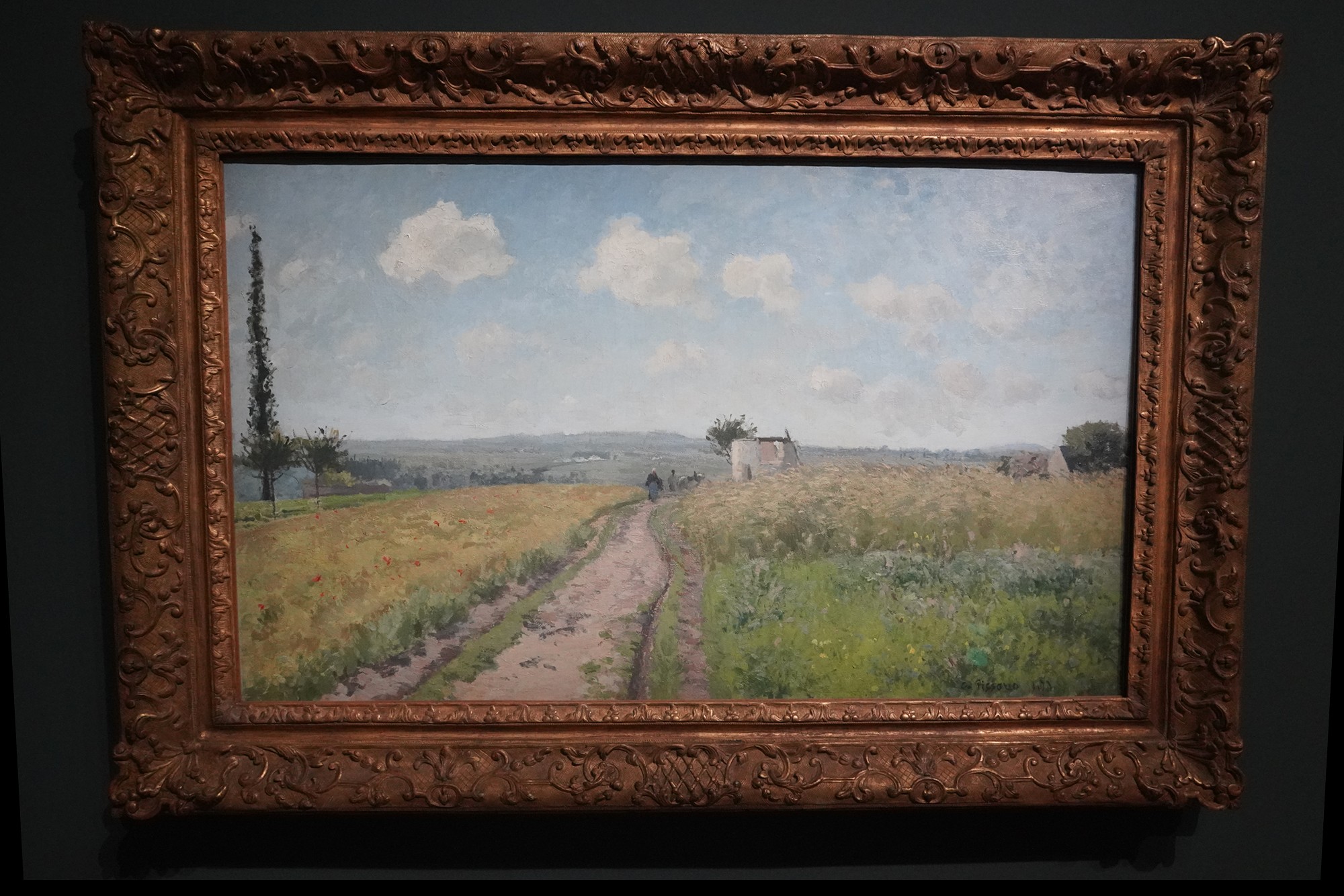























Among the works displayed was Claude Monet’s “Impression, Sunrise” (“Impression, soleil levant”), which gave the Impressionist movement its name. Critics used the term “Impressionist” derisively to suggest that the paintings were merely impressions rather than finished works.


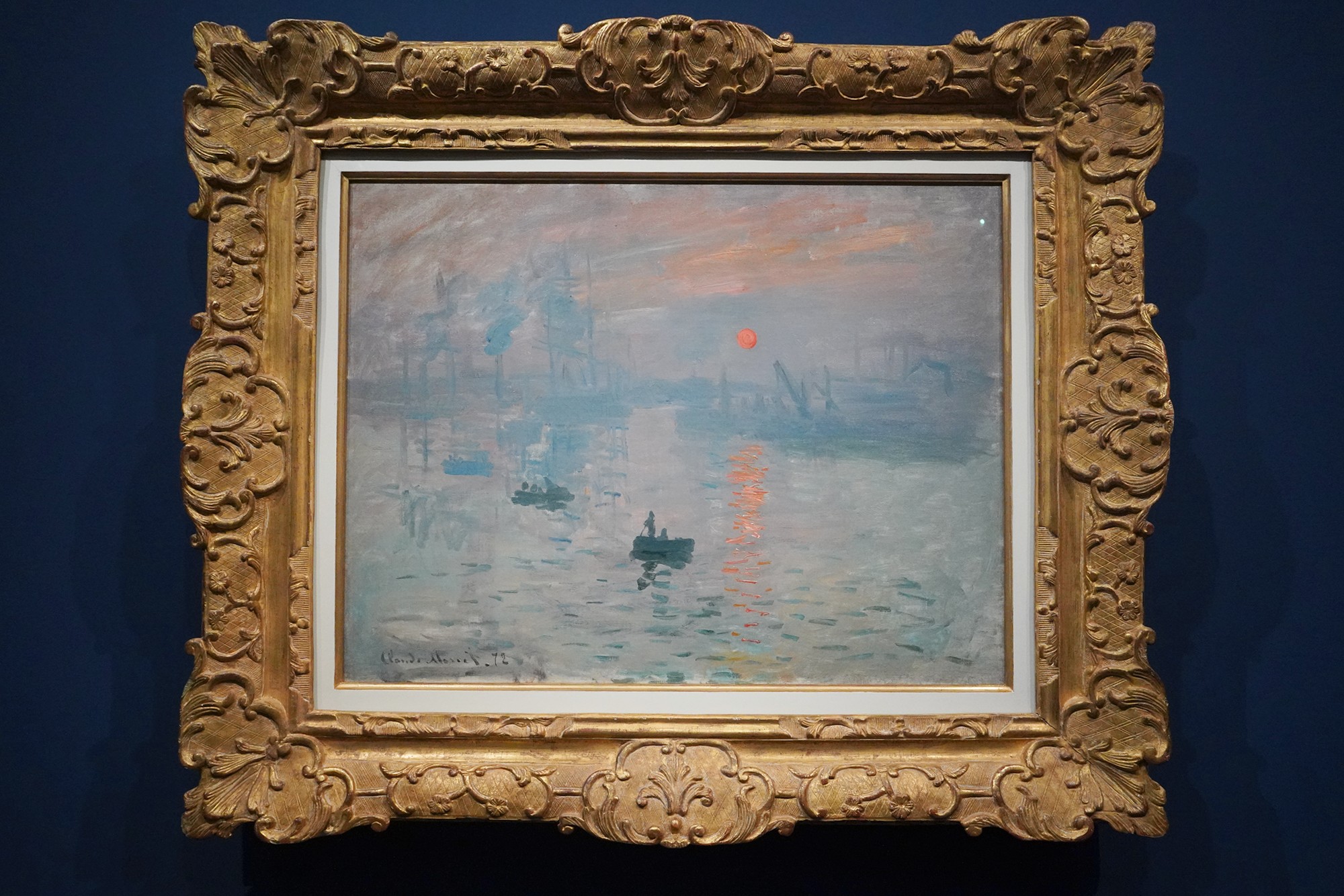




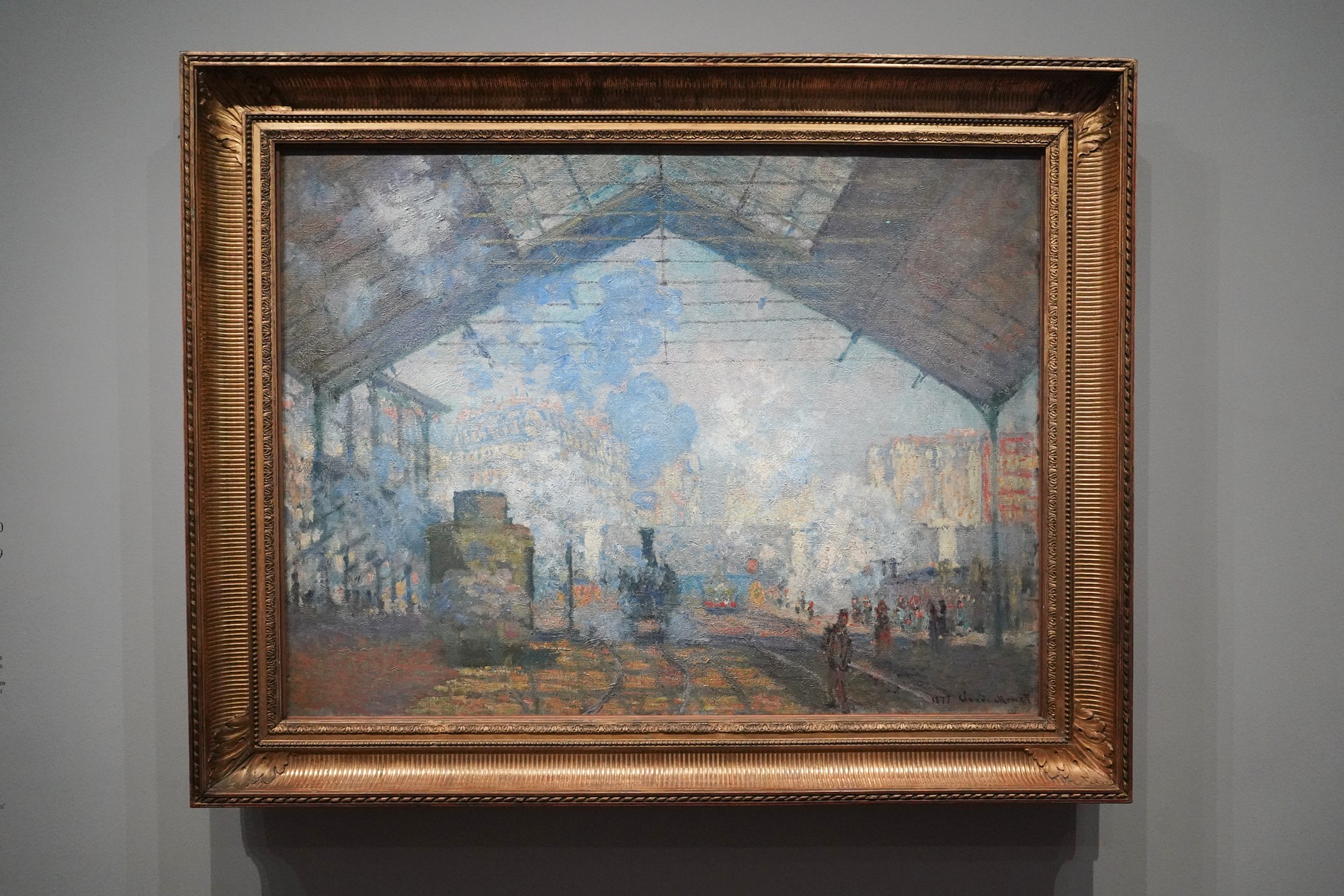












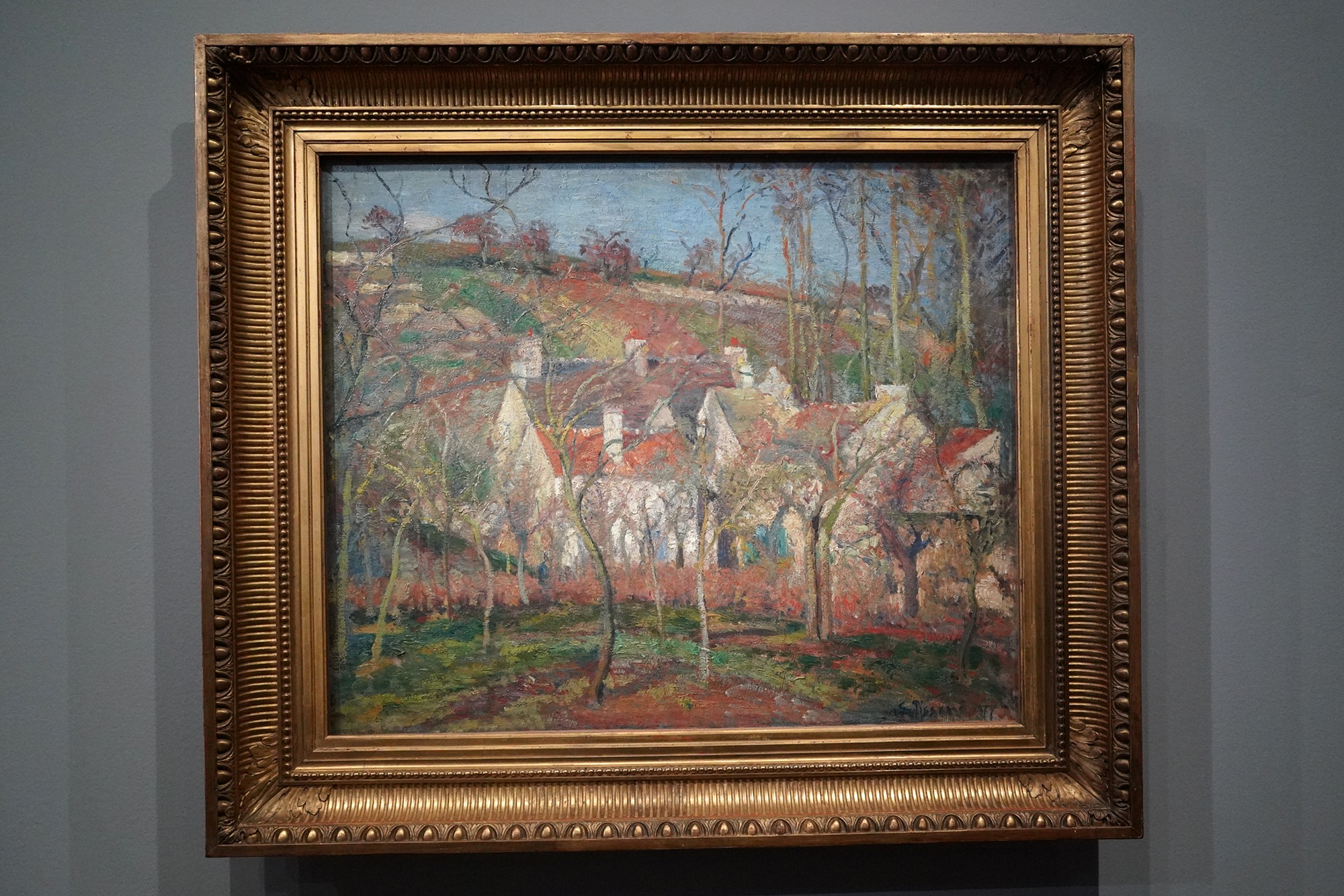








The exhibition received mixed reviews. Traditional art critics and the public were often critical and dismissive of the new style, finding it unfinished and unconventional. However, some forward-thinking critics and collectors recognized the innovation and talent of the artists.

Despite the initial criticism, the exhibition marked the beginning of the Impressionist movement, which would go on to have a profound impact on the development of modern art. The group’s subsequent exhibitions and increasing acceptance helped to shift the art world’s focus away from academic standards toward a more individualistic and experimental approach.

